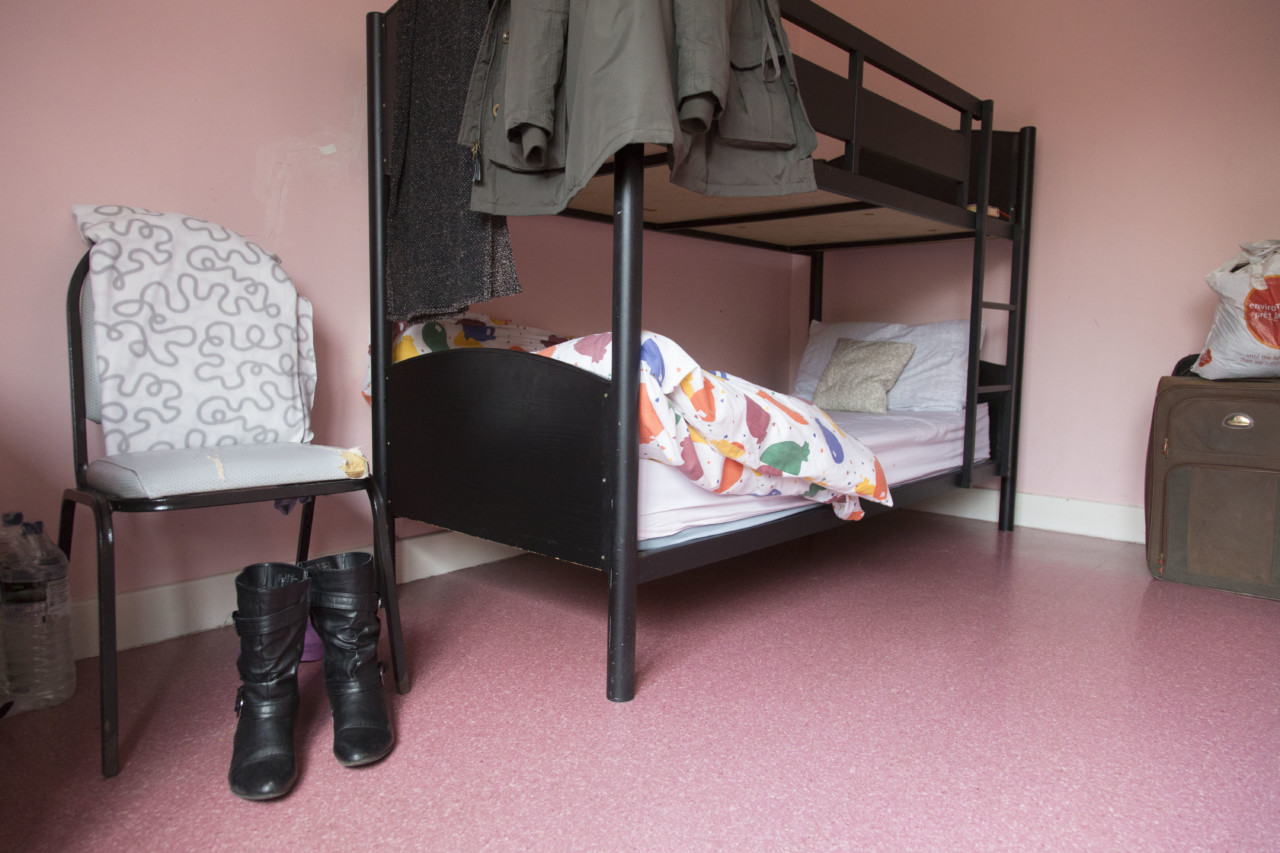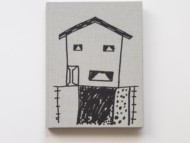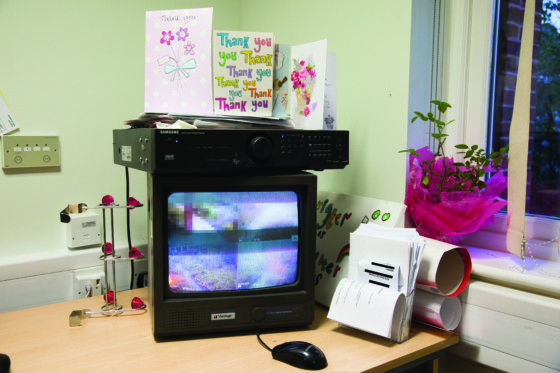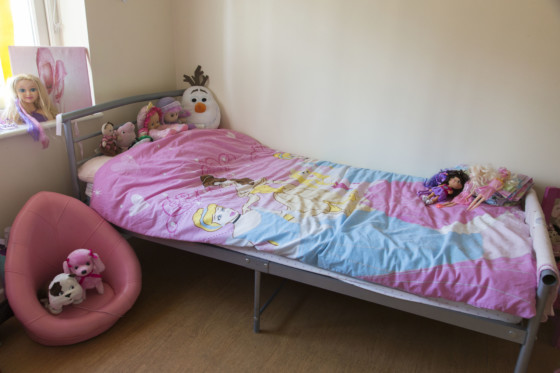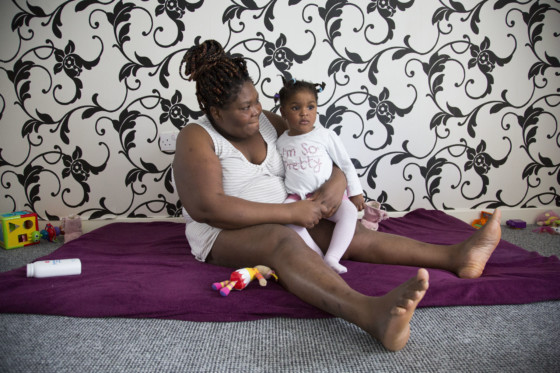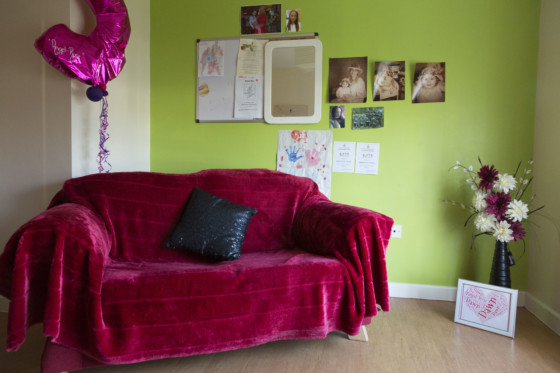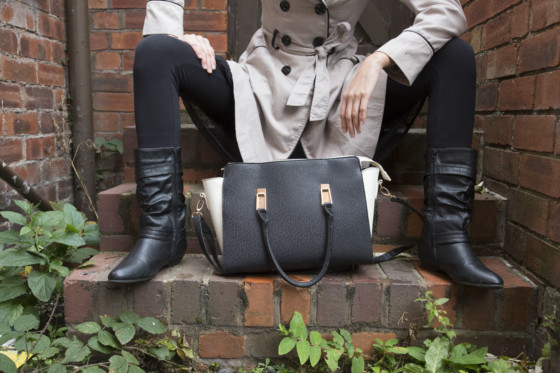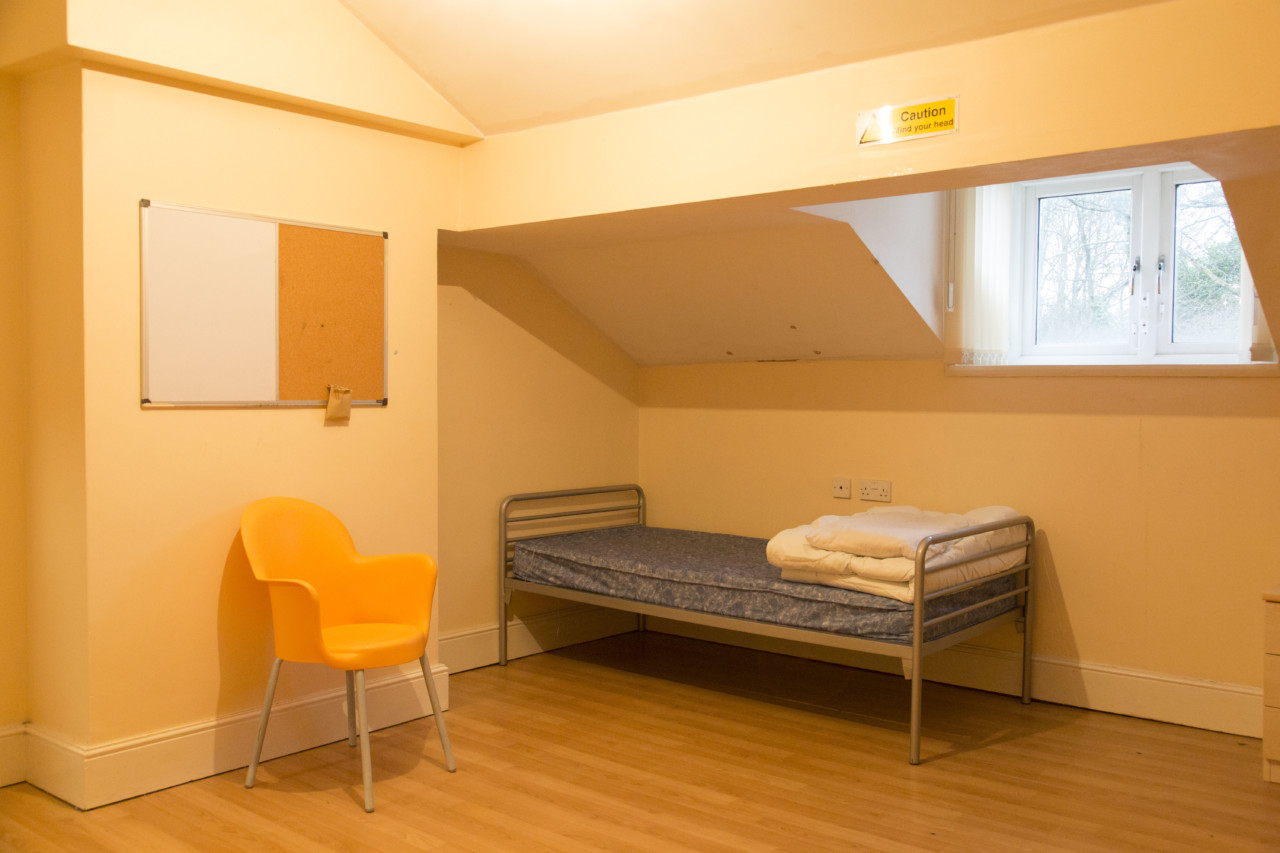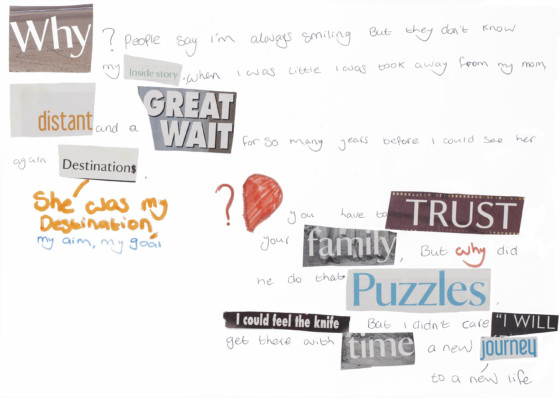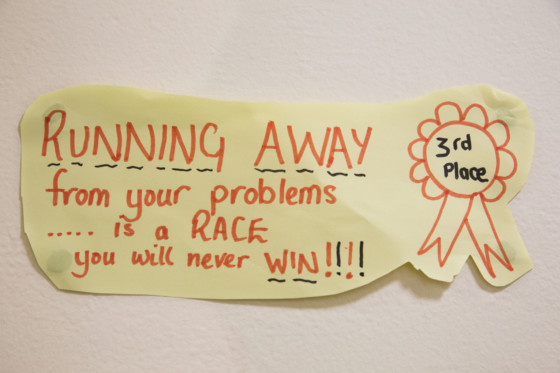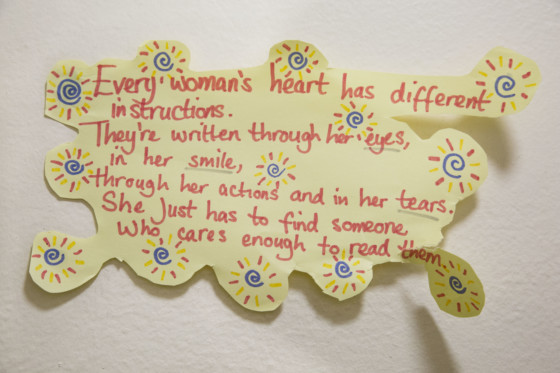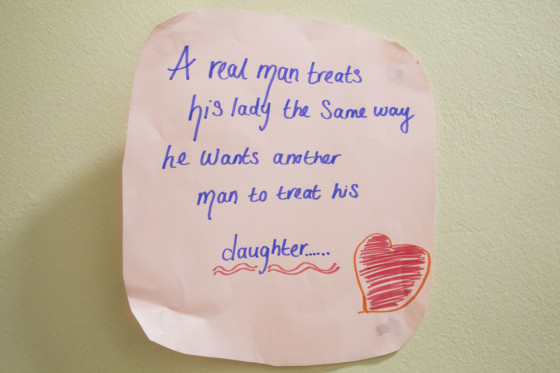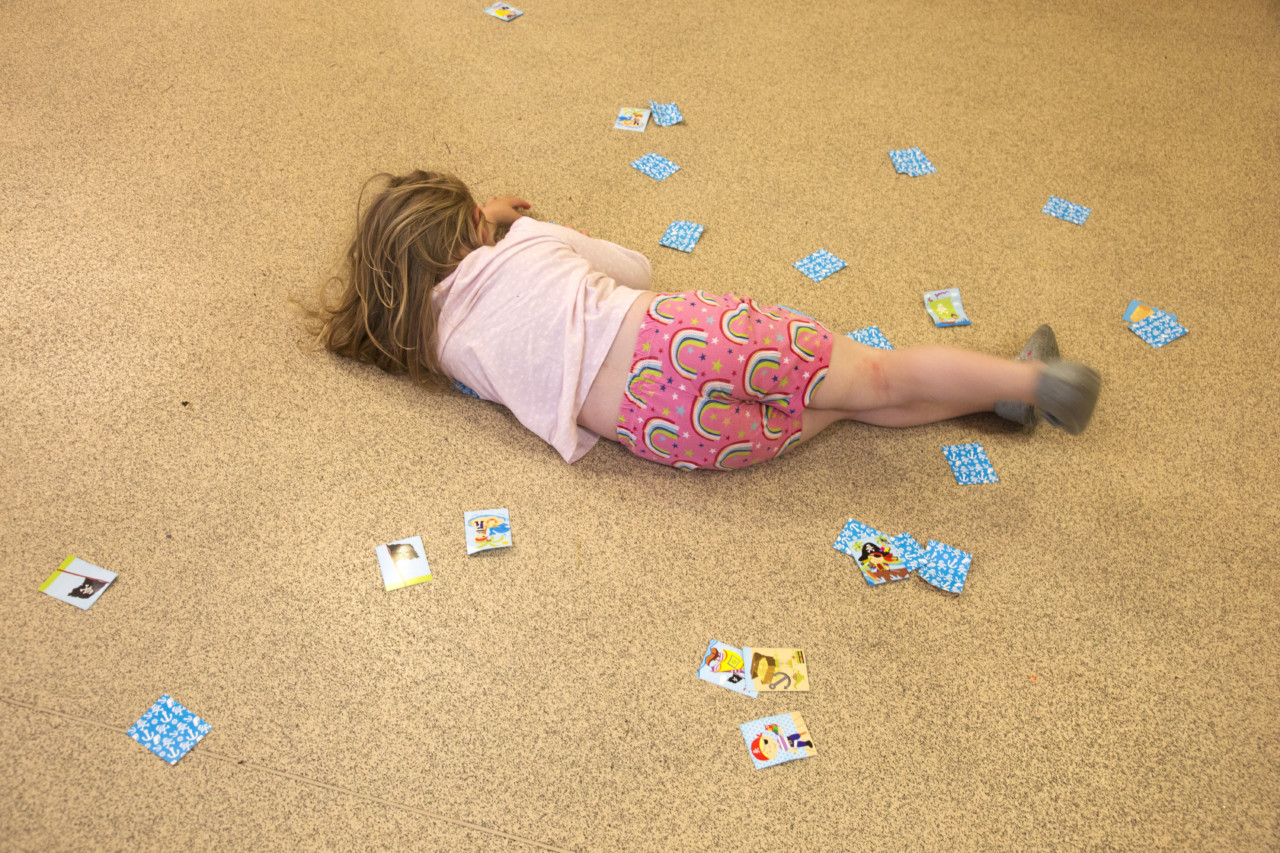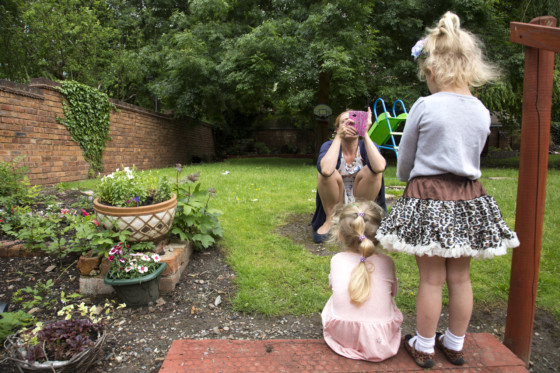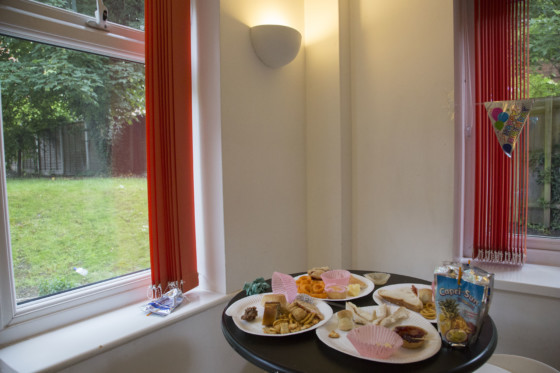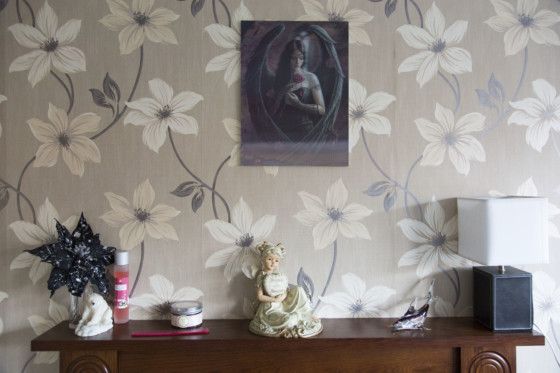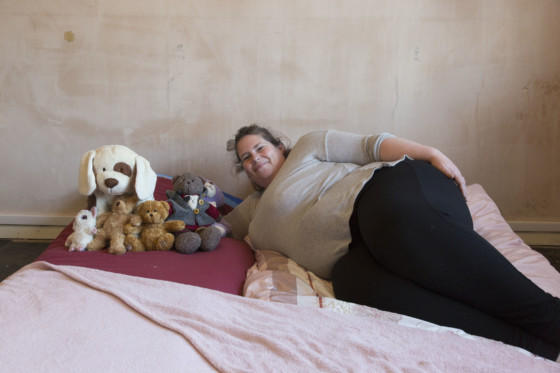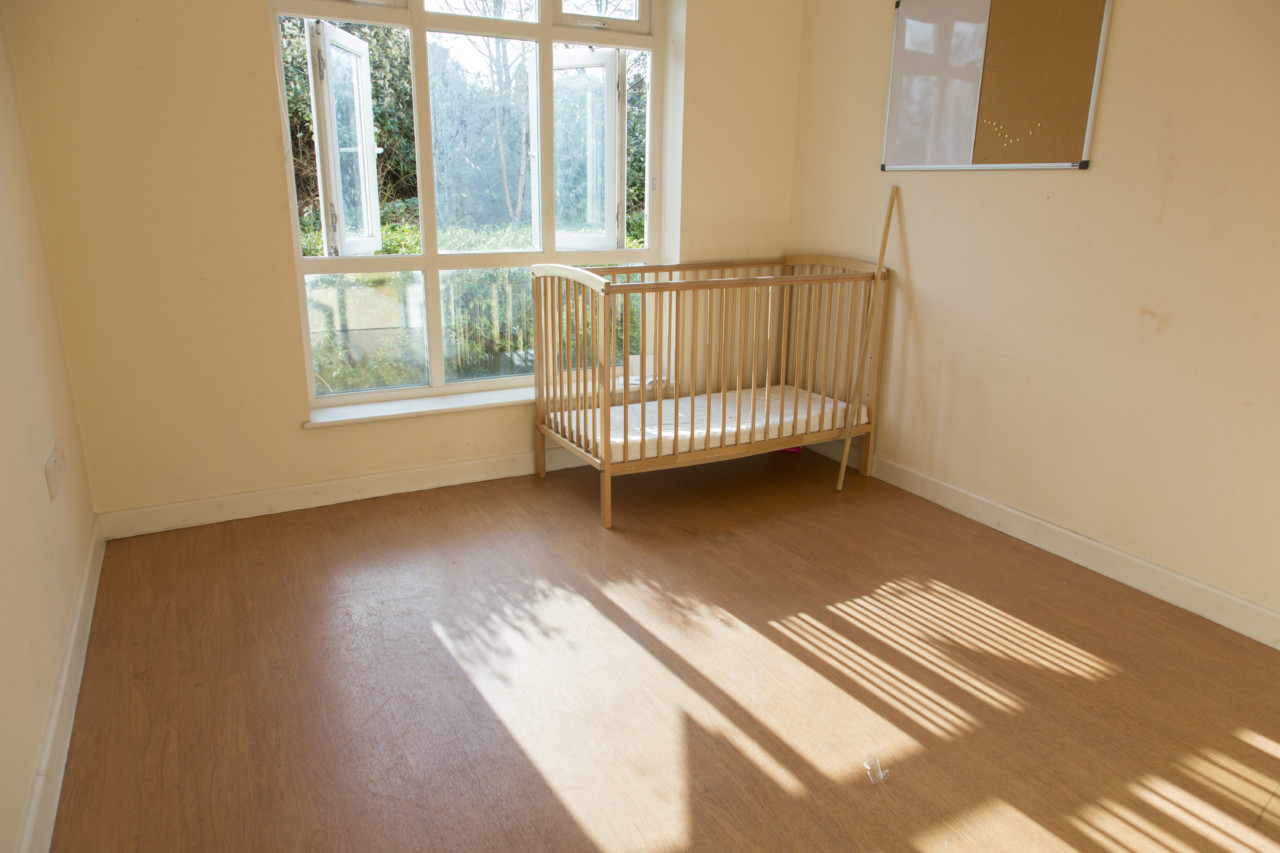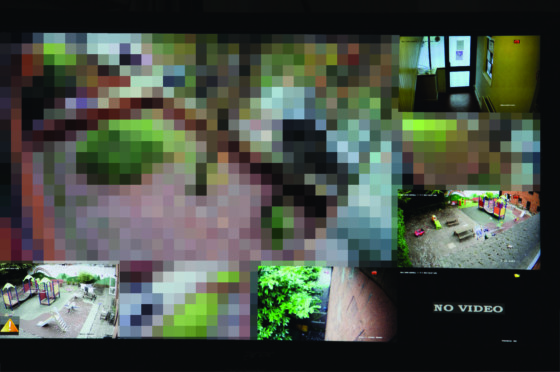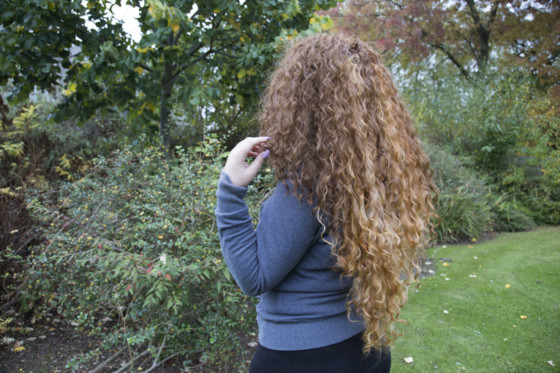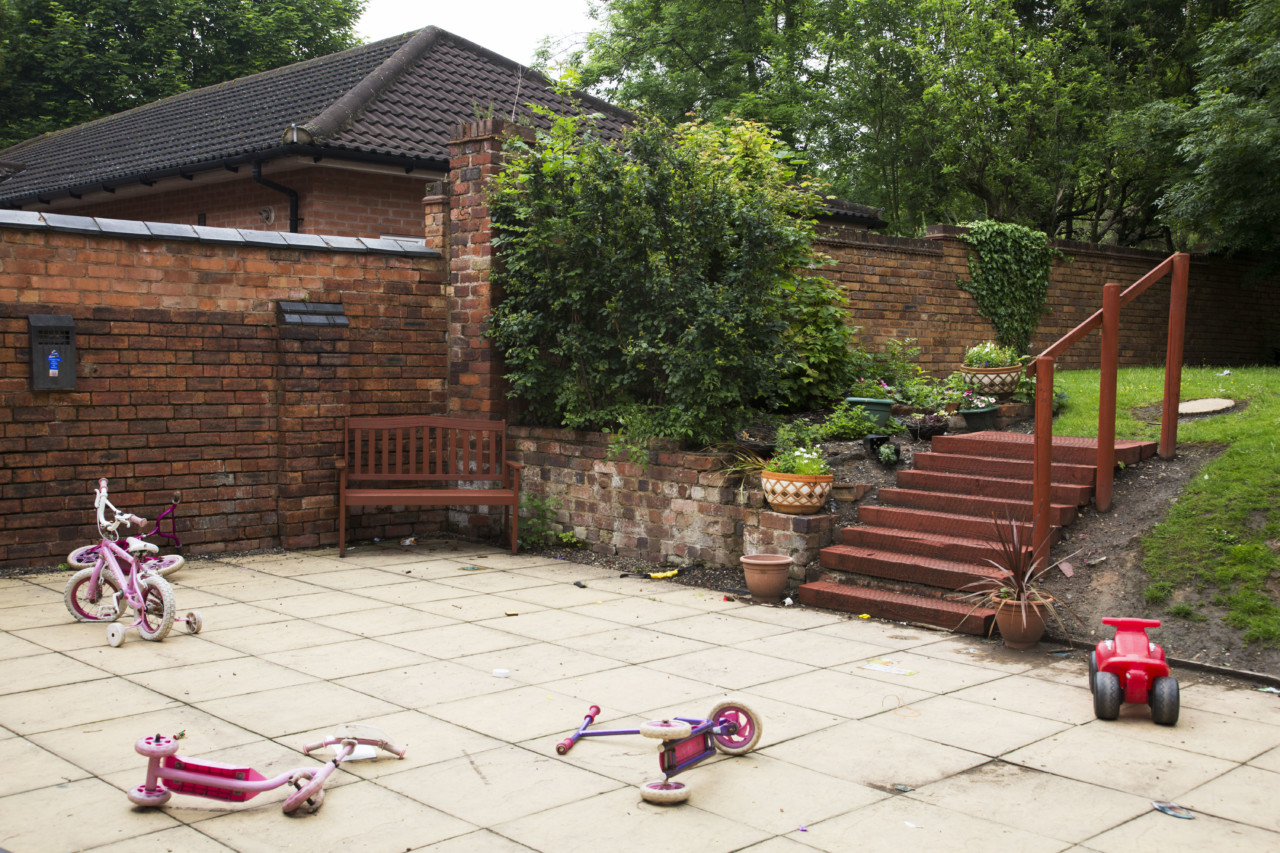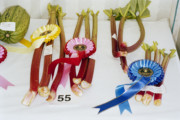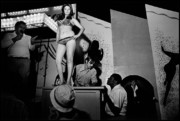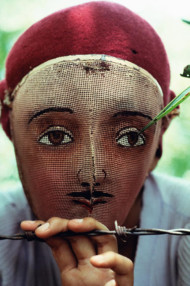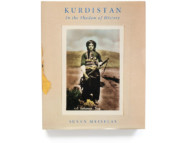A Room of Their Own
Susan Meiselas presents her book on the lives of women in a refuge center, through images where they are absent and yet present
A Room of Their Own is a project that evolved slowly, beginning with an open invitation from Multistory to visit the Black Country in the West Midlands, UK. My first tour through small towns did not point me in any particular direction and it took another trip before I found a place to anchor.
After reading about the high incidence of domestic violence in the region, and drawing on some of my earlier work with a similar focus, I asked the Multistory team to organise my second visit around meetings with various service organisations that were addressing the issue. Only when I actually entered a refuge and found openness to start a dialogue, did I begin to imagine creating work that could connect women whose lives had been most deeply impacted, with women who could listen and learn from them. I had no idea then what the outcome would be.
The process evolved with Multistory. Together we developed an approach that could be collaborative, bringing various perspectives to respond to this opportunity. Within weeks we had assembled an illustrator, a writer and a researcher to with two digital assistants alongside the women we hoped to engage with. We started with a programme of workshops in creative writing, collage, photo diaries and soup making to be hosted in the refuges.
"Only when I actually entered a refuge and found openness to start a dialogue, did I begin to imagine creating work that could connect women whose lives had been most deeply impacted"
- Susan Meiselas
The idea was to begin with the most familiar and family-like activity: a workshop with a local group, The Bearwood Pantry, to make soup. Cooking and food always brings people together. Most of the women who volunteered to come from the six refuges did not know each other. As they sat at the round tables and began chopping and chattering, fragments of their stories slipped into conversations.
In each workshop we hoped to create a space where women could participate as little or as much as they were comfortable and willing to commit time for. The initial workshops were held in a resource center, which was closed soon after we started, following major funding cuts. This forced us to move to the refuges, rotating to a different one each night. As programme followed programme, day by day and night by night, the materials and approaches shifted.
"The image of a space is a record and also a kind of mirror"
- Susan Meiselas
We began with Emma Purshouse, a local writer, inviting the women to identify themselves with a fruit that they would describe. From those first sessions, women were inspired to make life maps and collages, through hands-on techniques in which each woman cut out words from print magazines that served as catalysts for storytelling. Most of the women were apprehensive, unsure that they could write, but they all had stories to tell.
During these same days, Sarah Taylor Silverwood, an artist-illustrator undertook a similar activity, this time inviting the participants to cut and paste images from magazines to create visions of their own dream homes. Alex Nelson and Lexi Brown, two digital assistants from New York, led a visual diary workshop in which women brought their own photographs and, through collage and writing, created handmade albums that represented their day-to-day lives. We set no expectations for these exchanges; we hoped they would serve as a way for the women to get to know us. We edited overnight and re-photographed their artwork so the next day they would have their original collages back. The stories they had hidden within themselves were no longer invisible.
I remember, at the end of one evening, tentatively asking one of the participants if she if she would be willing to show me where she lived in the refuge. She was heading past the security camera, down the corridor, and hesitated before opening the door, saying that there was nothing to see. I asked her for permission to photograph a corner of her room, reassuring her that her identity would be protected. This was the first of many such moments where the welcome was intimate. It took time for me to invite myself into this woman’s home, especially knowing that her room is a place to retreat.
In my photographs, each room, like each life, is unique. The image of a space is a record and also a kind of mirror. The woman is absent, yet present. Not everyone offered to open their doors, but I gave a print to those who did. These photographs may serve as a memory of each landscape, at a particular point in time.
–Excerpt of text by Susan Meiselas from A Room of Their Own, 1 April, 2017.
A film of this project was created by Multisotry. The full film is available below.


